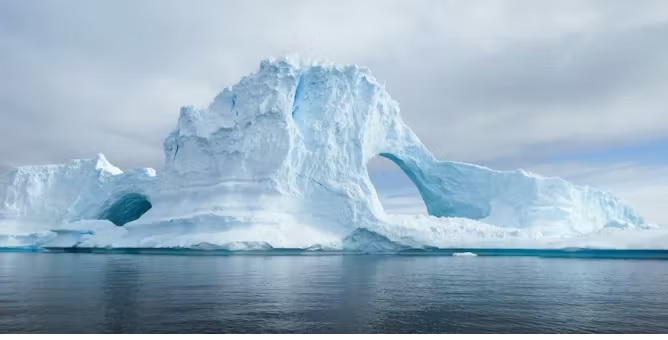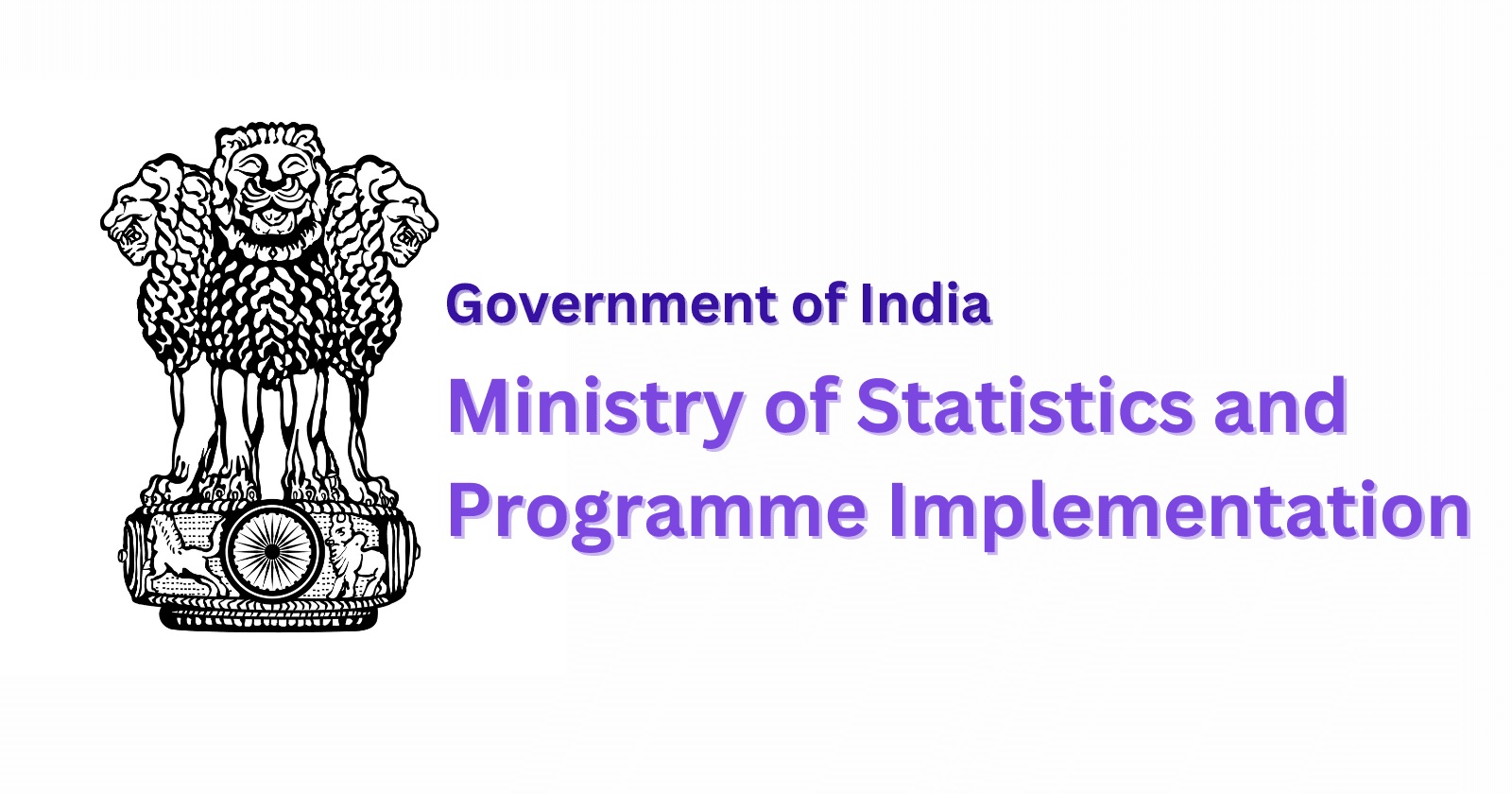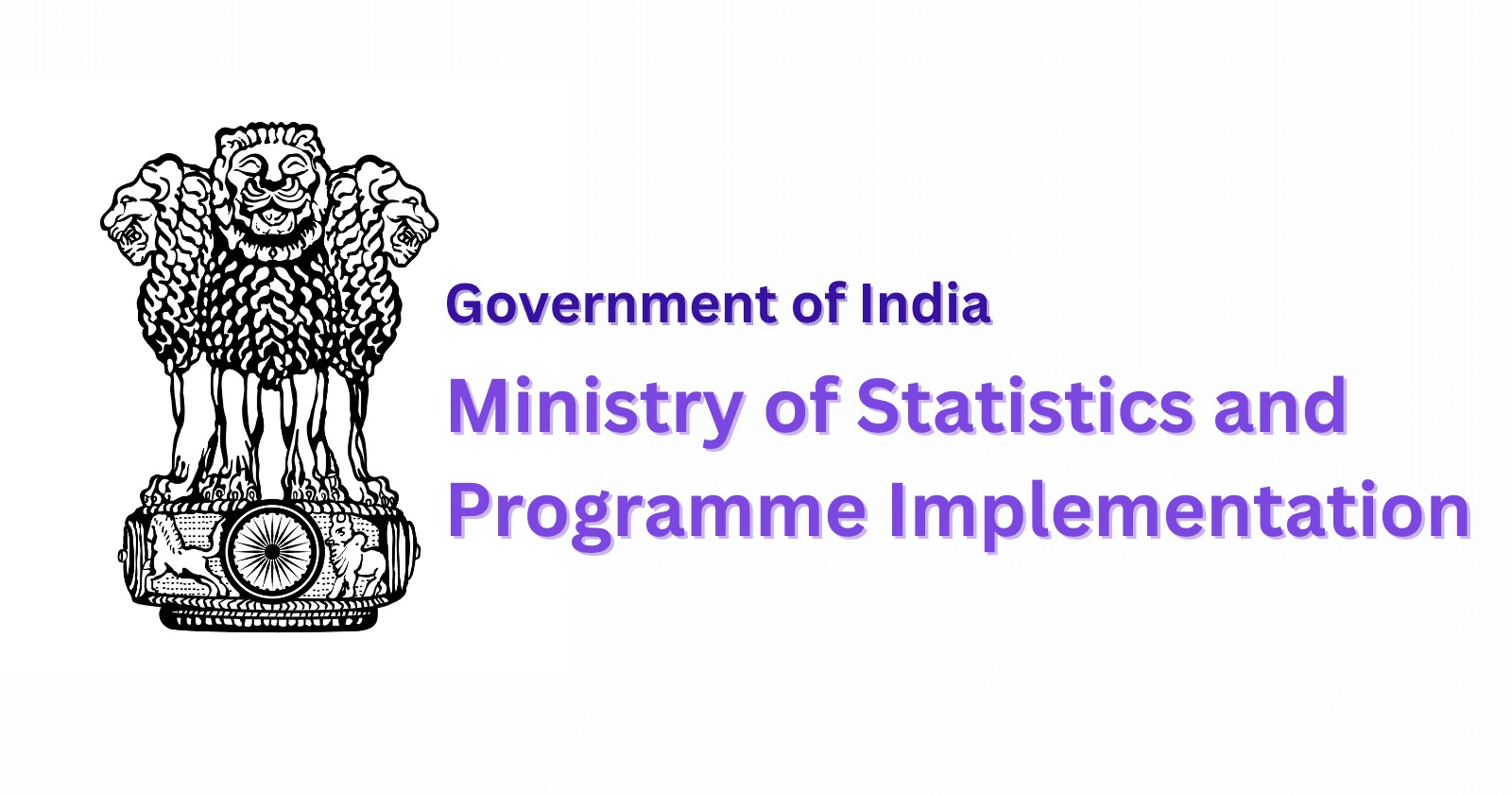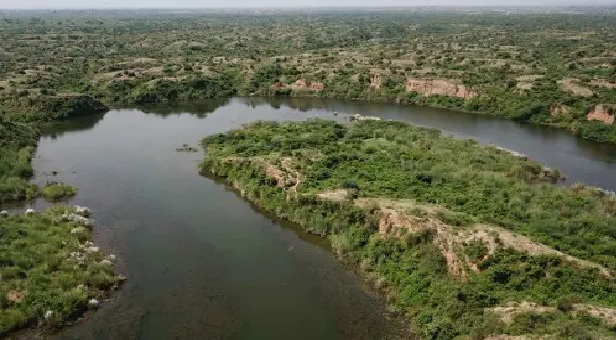A recent study by the University of Exeter in
the UK has revealed that five major geoengineering proposals proposed to
address climate change in polar regions fail to meet the standards of
responsible climate action. This study comes at a time when the world is
grappling with the impacts of climate change—especially in the Arctic and
Antarctic regions, with growing concern over rapid ice melt, sea level rise,
and severe impacts on biodiversity.
Polar
Geoengineering Techniques
¨
Stratospheric Aerosol Injection (SAI): Releases reflective aerosols into the upper
atmosphere to reduce sunlight and cool the Earth. Potential impacts: Decreasing
global temperatures, altering rainfall patterns, and affecting the ozone layer.
¨ Sea Curtains or Sea
Walls: Large floating barriers are placed on the
seafloor to prevent warm ocean currents from melting polar ice sheets. This
involves significant engineering and ecological challenges, including impacts
on marine ecosystems.
¨ Sea Ice Management: Microscopic glass beads are scattered on the
ice surface to increase reflectivity and slow melting. Microplastics raise
concerns about pollution and long-term effects on ocean health.
¨ Basal Water
Removal: Pumps water from beneath glaciers to slow
ice movement and reduce ice loss. Technically complex, energy-intensive, and
uncertain in effectiveness at scale.
¨
Ocean Fertilization: Adding nutrients like iron to polar waters stimulates
phytoplankton growth and increases CO₂ absorption. Risk of unintended
ecological impacts such as algal blooms and oxygen depletion in marine
habitats.
Key Challenges
Effectiveness and
Technical Challenges:
¨
Stratospheric Aerosol Injection (SAI): Largely ineffective due to the absence of
sunlight during the polar winter and provides minimal additional benefits in
the summer, as snow and ice already reflect most solar radiation.
¨ Sea Curtain: Large-scale underwater projects face
technical and installation challenges, including laying heavy foundations in a
deep, uneven marine environment that is more harsh than on land.
¨ Sea ice freezing
pumps: Arctic methods require approximately 100
million pumps, consuming tens of millions of units of electricity annually for
a decade, making them an impractical energy burden and financial burden.
¨
Installation in Greenland: Somewhat more feasible, but the impact on
mitigating sea level rise is uncertain.
Environmental and
Ecological Risks:
¨
The
independent cooling of polar regions threatens to disrupt global weather and
seasonal patterns, which would have serious implications for food security and
national stability.
¨ Large underwater barriers could disrupt ocean
circulation, alter sea ice dynamics, and disrupt the migratory routes of marine
life, including fish and marine mammals.
¨ Materials used for geoengineering must
release minimal toxic substances upon decomposition to avoid further harming
sensitive nutrient cycles and ecosystems.
¨
Ocean
fertilization techniques risk shifting the dominance of uncontrolled species,
potentially disrupting marine food webs.
Logistical and
Financial Constraints
¨
Due to
the inaccessible and hostile environment of Antarctica's Amundsen Sea, ships
can only access it for a few months of the year. Specialized vessels for
installation cost approximately half a billion dollars per vessel.
¨ Expanding infrastructure such as sea ice
freezing pumps requires hundreds of billions of dollars in investment, raising
serious feasibility concerns.
¨
If
geoengineering fails or causes harm, there is no international legal or
administrative framework that clarifies responsibility or cost coverage.




